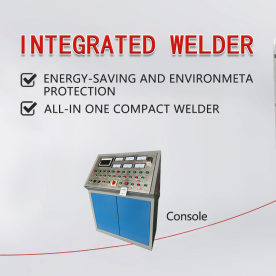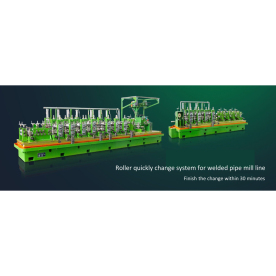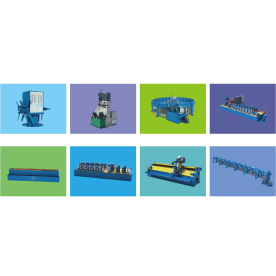[Induction heating]Exploring the Advancements and Applications of Induction Heating Technology in Modern Manufacturing and Industrial Processes
News 2025-1-7
Induction heating is a revolutionary technology that has gained significant traction in various manufacturing and industrial applications over the last few decades. Known for its efficiency and precision, this non-contact heating method has transformed how materials are processed, allowing for enhanced production capabilities and improved product quality. As industries continue to evolve, understanding the workings, benefits, and applications of induction heating becomes increasingly vital for companies seeking to optimize their operations and stay competitive in a dynamic market.
At its core, induction heating operates on the principle of electromagnetic induction. When an alternating current passes through a coil, it generates a magnetic field that induces eddy currents in conductive materials placed within the field. These eddy currents produce heat due to the material's electrical resistance, resulting in rapid and localized heating. This process allows for various heating applications, such as melting metals, hardening surfaces, and heat treating various components.
One of the significant advantages of induction heating is its efficiency. Traditional heating methods, such as gas or electric furnaces, often require longer heating times and can result in energy loss. In contrast, induction heating can heat materials within seconds, reducing energy consumption and production time. This rapid heating capability not only speeds up processes but also minimizes thermal stress on materials, resulting in fewer defects and higher product quality.

Exploring the Advancements and Applications of Induction Heating Technology in Modern Manufacturing and Industrial Processes
The applications of induction heating are diverse and span multiple industries. In metalworking, induction heating is widely used for processes like forging, brazing, and soldering. The ability to heat specific areas of a component without affecting its entire structure allows for targeted repairs and modifications. Additionally, induction heating is employed in the production of semiconductors, where precise and quick heating is essential for manufacturing chips and other electronic components.

Exploring the Advancements and Applications of Induction Heating Technology in Modern Manufacturing and Industrial Processes

Exploring the Advancements and Applications of Induction Heating Technology in Modern Manufacturing and Industrial Processes
Notably, research and development in induction heating technology continue to drive innovation. Advances in materials science and engineering are leading to the creation of more efficient induction coils and power supplies. Smart technology integration allows for real-time monitoring and adjustment of heating parameters, further enhancing energy efficiency and process control. As industries become more aware of the environmental impact of their operations, the transition to induction heating aligns well with sustainability initiatives, as it reduces energy consumption and material waste.
Despite its numerous advantages, some challenges remain. Induction heating systems can be costly to implement, and the technology requires a level of expertise to operate effectively. Additionally, not all materials respond well to induction heating, meaning manufacturers must carefully consider their materials and processes before making a transition.
In conclusion, induction heating represents a powerful tool in modern manufacturing and industrial processes. With its efficiency, precision, and diverse applications, it addresses many challenges faced by manufacturers today. As industries evolve and new technologies emerge, the importance of induction heating will only continue to grow, making it an essential area of focus for companies aiming to lead in innovation and sustainability. Embracing this technology could very well redefine the capabilities and efficiencies of the manufacturing sector in the years to come.
